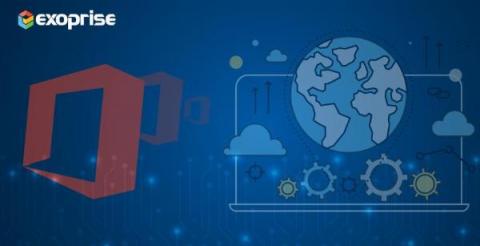Teams | Collaboration | Customer Service | Project Management
Featured Posts
Microsoft 365 Monitoring for CIOs: Challenges and Solution
Microsoft Office 365 monitoring for the entire company is a big achievement. When the pandemic took hold worldwide, the once "nice-to-have" applications became the "go-to" apps. During this time, CIOs became responsible for relocating their employees to a remote workplace and providing reliable end-user services, such as Microsoft Teams, Outlook, SharePoint, and more. But even as the pandemic subsides, hybrid work gains prominence, and events like the Microsoft Ignite become in-person, monitoring the end-to-end connectivity and network performance of Microsoft 365 still remains a high strategic priority for CIOs.
5 Service Desk Management Tools For Enterprise Teams
It's National Work Life Week!
Microsoft 365 Monitoring Use Cases
Enterprises moving to Office 365 cloud-based applications require a new approach to ensuring deployment success. Of course, your end-users should receive a fantastic application experience, whether with Teams, SharePoint, OneDrive, etc. But when problems surface with slowness or call quality, the Microsoft Service Health Dashboard provides no visibility beyond their network - leaving IT admins in the dark. Today, I'll walk through a few critical Microsoft 365 use cases for monitoring purposes and how Exoprise Digital Experience Monitoring solutions can help.
5 Business Automation Workflow Solutions
How to Get Real-Time Network Insight into Microsoft Teams Call Quality
A recent Exoprise customer survey found that 60-70% of application problems occur within the enterprise environment or home network/ISP. So, if you need to resolve Teams call quality problems, it's best to investigate your network before you try and finger point to Microsoft. In today's article, we see how this applies to Exoprise when team members work from home or in a hybrid work setting. Last Friday, at about 10:00 am EST, I jumped on an impromptu video call with one of my sales colleagues to discuss an ongoing marketing project. Although I am based in the Northern Virginia area, my comrade (as they say in British English!) is from Boston.









